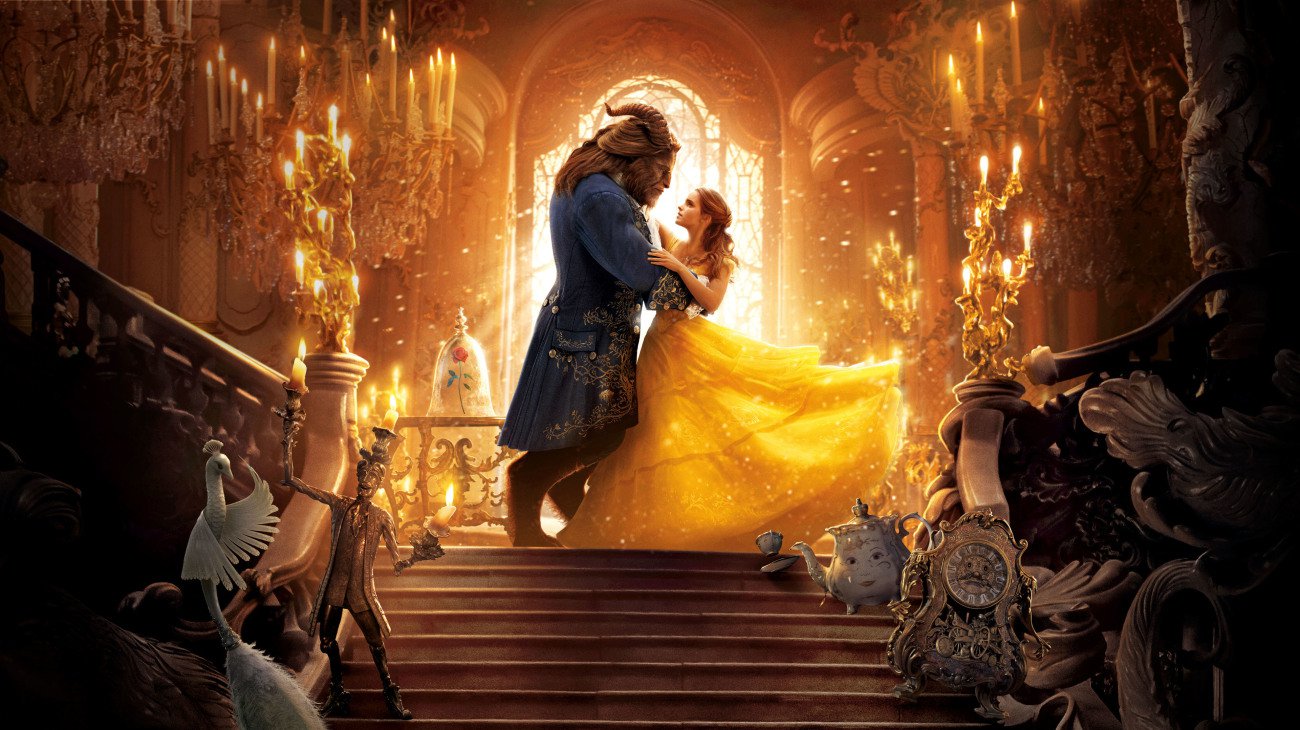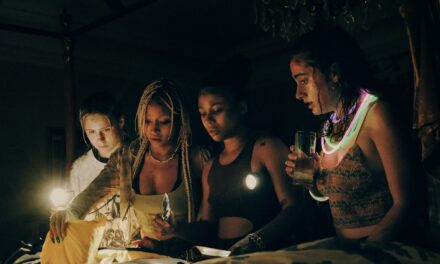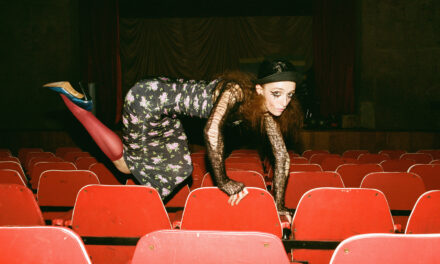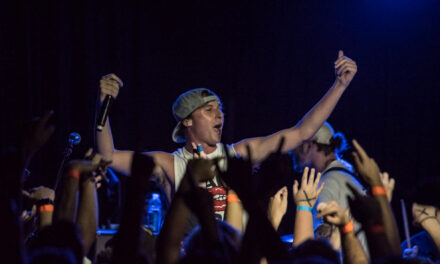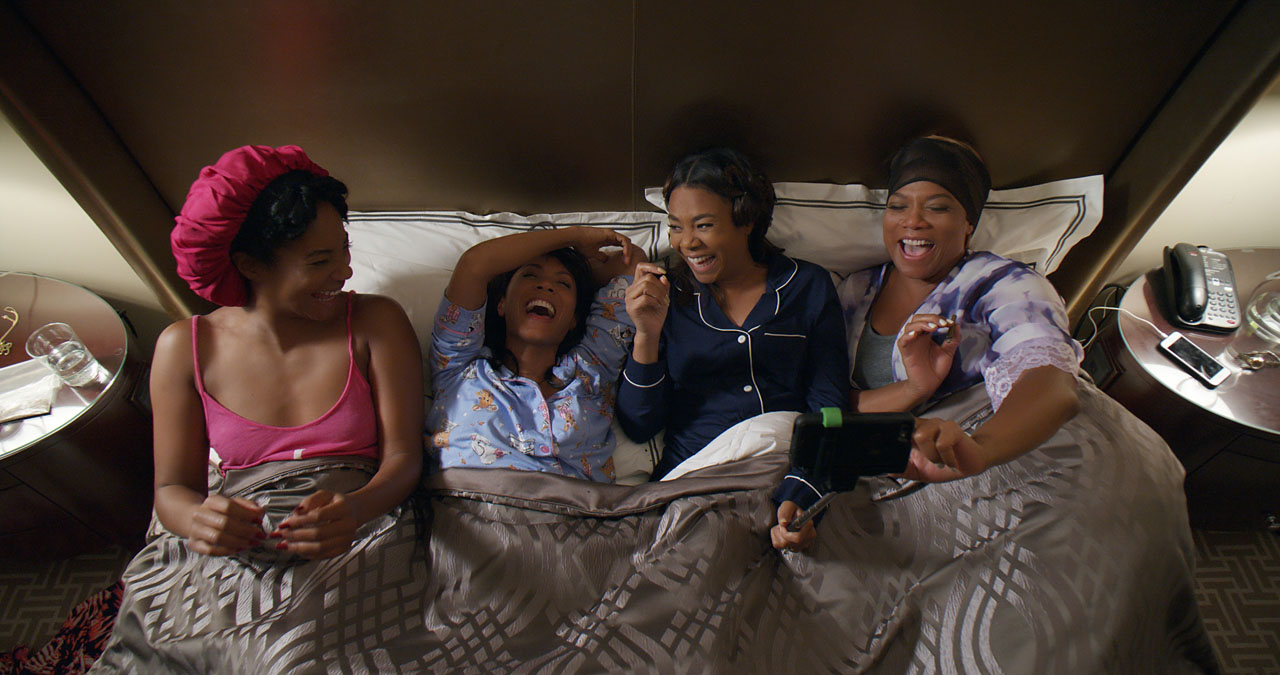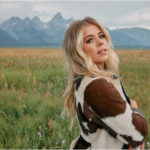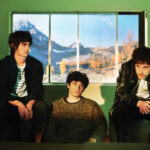I won’t insult your intelligence by asking why Disney felt it necessary to remake Beauty and the Beast. If Disney’s other live action remakes and their attendant box office successes don’t convince you that remaking one of the company’s most enduringly popular films is just plain good business sense… well, let’s just say you shouldn’t be on anyone’s board of directors. But creatively, what can actually be done to improve upon and update the animated classic, a film at the peak of Disney’s 1990s Renaissance? The answer: not a whole lot.
The plot is nearly exactly the same as you remember it, beat for beat, at times almost shot for shot, as if storyboards for the cartoon were simply recycled for the film. The biggest difference that you’ll notice is the runtime, which takes the trim hour and a half of the animated film and inflates it to just over two hours with additional subplots and songs. The new songs are universally unmemorable, though I do appreciate that one actually gives the Beast (Dan Stevens) the chance to sing and do some melodramatic emoting. As for the subplots, they range from mildly amusing in their explanation of plotholes that overanalysts have griped about for years to downright baffling in how they are shoehorned in, such as an exploration of the death of Belle’s mother or the mysterious appearance of a townswoman called Agathe.
The production design is blatantly artificial, so the film consistently looks like the sets of a Disneyland attraction rather than a realistic village or castle, which begs the question of why it’s necessary to craft them at all. This is all done purposely as a clear artistic choice, but it feels less like the grand spectacle of bringing these classic characters to life than it does a Broadway production with some CGI effects thrown in. And as for the CGI characters designs, I’m not a fan. Lumiere and Cogsworth look too stiff and metallic to be properly emotive, and Mrs. Potts and Chip have constant dead-eyed stares due to their expression literally being painted on. It’s perpetually uncanny, particularly because the voice cast is so good at breathing the dull objects with the requisite amount of personality.
Ewan McGregor, Ian McKellen, Emma Thompson, Gugu Mbatha-Raw, Stanley Tucci, and Audra McDonald all deliver top-notch character voices for their cipherous avatars—sorry Nathan Mack, but your rendition of Chip was as flat as a saucer—but the unfortunate side effect of such a largely digital cast is that Emma Watson as Belle has little that is real to react to. Director Bill Condon is probably best known for his work on the Twilight franchise, so it’s no secret that he isn’t the best when it comes to encouraging his performers to emote, even as he crafts immense digital spectacles around them. Thankfully, most of his cast are such seasoned pros—Josh Gad and Luke Evans as LeFou and Gaston, respectively, are a definite highlight—so the difference is made up with sheer professionalism.
This review has come out sounding more than a little negative, but that’s because most of what’s good about this version of Beauty and the Beast is the same as what made the animated version it cribs so heavily from such an instant hit. The songs from the animated film are as great as ever, the central conflict and romance are as compelling and rich as ever, and that ballroom scene is just as magical as you remember. But there’s nothing to recommend this version over the animated one that inspired it, no reason to ever visit this rendition again when the cartoon has better pacing, is prettier to look at, and hasn’t needed any of the updates the live action version touts. If you’re curious, wait for this new Beauty and the Beast to hit Netflix. Otherwise, just pop in the 1991 version. It’s pretty much the same thing.

